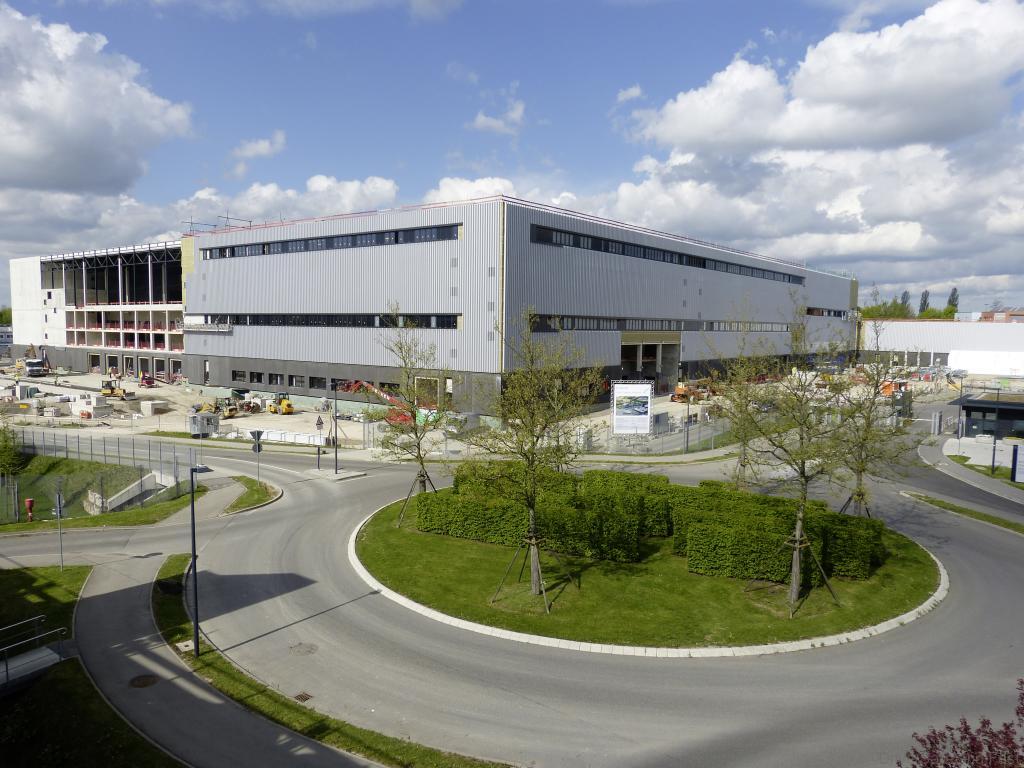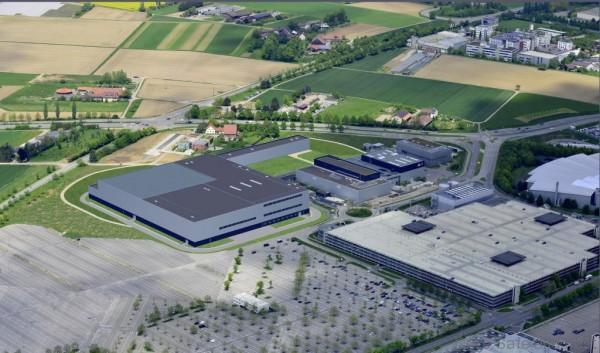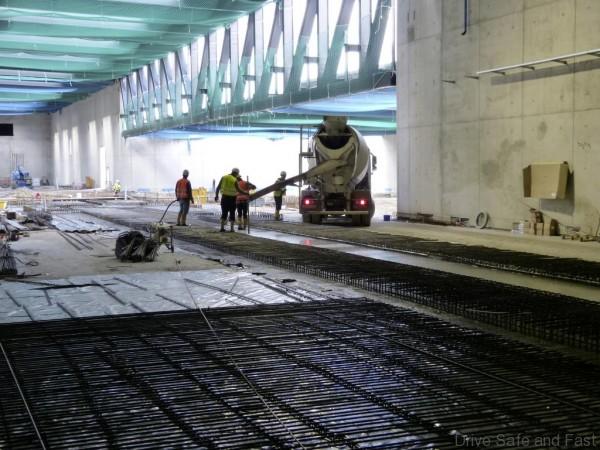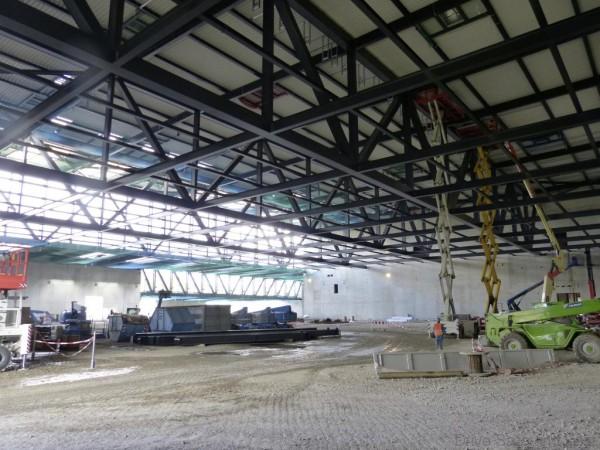Crash testing is one of the more difficult parts of research and development, partly because of the complexity in recreating real life situations in a laboratory, and partly because of the cost involved. To build a controlled environment large enough to carry out crash testing in (the ability to bring the vehicles up to collision speed etc) requires a lot of money, and Mercedes-Benz was willing to drop top dollar in the pursuit of crash safety and injury prevention.
The design of the new facility allows for collisions with many different angles of impact, including junction collisions, while also taking into account the particular crash-related requirements of vehicles with alternative drives. In addition, Mercedes-Benz aims to use the TFS to further investigate the potential of PRE-SAFE® and driver assistance systems in the event of a crash. To be able to recreate the pre-accident phase, the facility will include an automated driving system for such vehicles. It is also designed for crash tests with large commercial vehicles. A sled test unit will also allow the testing of individual components such as restraint systems.
In total, the TFS will comprise an area of 55,000 square metres. At the heart of the complex is the 90 by 90 metre, totally pillarless test arena. The structural features also include temperature control using the waste heat from the adjacent climatic wind tunnels. Rotating crash blocks with a different solid barrier on each side for a particular crash test configuration will in future shorten the set-up times while making crash testing even more efficient.
The same applies to vehicle measuring, which will be partially automated in future, with the vehicle being moved on a turntable in front of the camera. Likewise, new digital measuring technology in the dummies with just one data cable will take over from the previous analogue technology.
The company is investing triple-digit millions of euros in the entire facility. The new TFS will in future allow even closer integration between research, development, planning and production at the Sindelfingen site. Located in the direct vicinity, a new driving simulator, new climatic wind tunnels and a new aeroacoustics wind tunnel were taken into service in 2010, 2011 and 2013, respectively.










